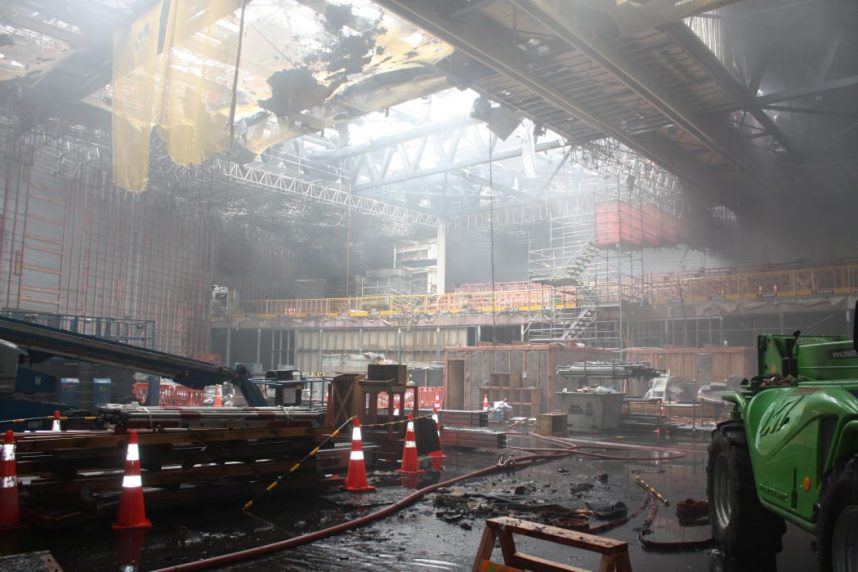SkyCity Wins Legal Dispute Over Casino Parking Garage that Caught Fire
[ad_1]
Posted on: December 4, 2023, 06:41h.
Last updated on: December 4, 2023, 11:44h.
In 2018, Australia’s Macquarie Group struck a deal to operate the 3,200-space parking garage of SkyCity Entertainment’s Auckland casino in New Zealand. When a massive fire occurred there the following year, it left a legal battle smoldering that last week was finally extinguished.

SkyCity had agreed to pay Macquarie NZ$220 million (then worth US$148.4 million) to manage the parking garage until 2048. It was a deal that would free up financial resources for the casino operator so it could work on expansion plans.
No one anticipated the raging inferno that would engulf the SkyCity Convention Centre, then under construction, the following year. It took more than 10 days for firefighters to put out the fire, which caused legal nightmares that continue through today.
Verdict is In
The blaze was the primary reason SkyCity couldn’t hand over control of the attached parking garage last year, as had been stipulated in the contract. Macquarie decided to pull out, triggering a payment clause that was in the agreement.
The amount of the payment became the focal point of a legal battle between SkyCity and Macquarie. Accounting firm Deloitte, on behalf of SkyCity, gave the concession a value of NZ$187.9 million (US$116.02 million). KPMG, working for Macquarie, said it was worth NZ$240 million (US$148.2 million).
The difference was the result of interpretations of the contract by each side. Now at a standoff, SkyCity and Macquarie took their fight to court.
SkyCity said in a filing last week that the High Court of New Zealand had sided with its interpretation of the contract’s language. Although it still has to pay Macquarie for not fulfilling the terms of the contract, it will save tens of millions of dollars.
Macquarie can appeal the court’s decision, which would keep SkyCity tied up as it contends with other legal issues. New Zealand’s Department of Internal Affairs recently sought a temporary closure of the company’s three casinos in the country.
SkyCity also faces issues in Australia. The Transaction Reports and Analysis Centre (AUSTRAC) believes it may have violated anti-money laundering regulations at its Adelaide property. That might cost it at least AU$45 million (US$29.87 million).
There’s still an issue over who’s responsible for paying for the damages from the fire. Fletcher Building, the primary contractor on the project, has received some compensation from its insurance company, but is fighting for more. This could land SkyCity back in court to provide testimony.
The Fire that Wouldn’t Die
The SkyCity Convention Centre in Auckland became engulfed in flames on Oct. 22, 2019. The fire started during the final stages of construction, sending plumes of thick smoke billowing into the sky that were visible from miles away.
Firefighters rushed to the scene, battling the intense blaze that threatened to consume the structure. The construction site was evacuated, and nearby streets were closed as emergency services worked tirelessly to control the inferno.
The building, a project with an estimated cost of NZ$703 million (US$434.17 million) at the time, was nearing completion and set to become a landmark in Auckland’s skyline. The cost of the construction is now above NZ$1 billion (US$617.8 million), and the project is still not ready.
No casualties were reported as a result of the fire, though the incident caused substantial disruptions to the city, with road closures and diversions affecting local businesses and residents for days.
Because it spread quickly and caused structural instability, firefighters weren’t able to access the interior of the building. As a result, their primary attack was from the perimeter. This, coupled with high winds, allowed the fire to burn for days before it could be controlled.
Fire investigators later determined that the blaze was an accident, caused when a blow torch ignited roofing material.
[ad_2]
Source link
